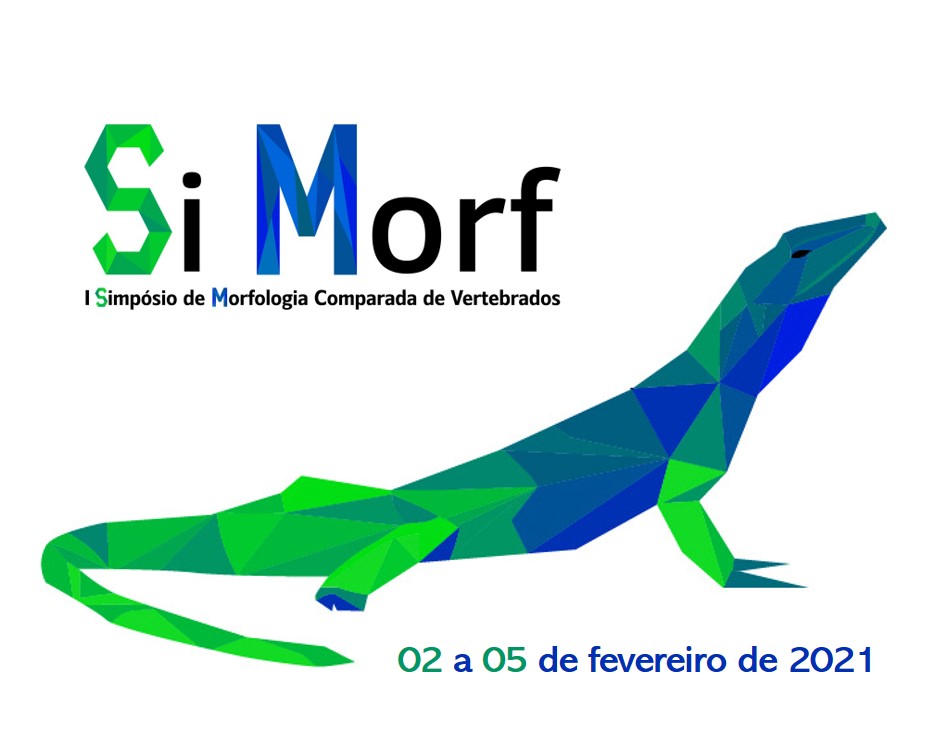Anais do I Simpósio Brasileiro de Morfologia Comparada de Vertebrados
Comprehensive review of phylogenetic characters in early dinosaurs - Preliminary results
Como citar esse trabalho?
Para citar este trabalho use um dos padrões abaixo:
Como citar esse trabalho?
- Tipo de apresentação: Pôster
- Eixo temático: Métodos Filogenéticos Comparativos
- Palavras chaves: Early dinosaurs; Phylogenetic characters;
Autoras(es):
Comprehensive review of phylogenetic characters in early dinosaurs - Preliminary results
Wafa A. Alhalabi Alhalabi
Agora você poderia compartilhar comigo suas dúvidas, observações e parabenizações
Crie um tópico- Tipo de apresentação: Pôster
- Eixo temático: Métodos Filogenéticos Comparativos
- Palavras chaves: Early dinosaurs; Phylogenetic characters;
Autoras(es):
Many early dinosaurs have questionable phylogenetic positions. Such uncertainties on the dinosaur tree have been intensively discussed and several hypotheses came to light, with phylogenetic studies frequently reaching different results. Here we present the preliminary results of an evaluation of the quality of the phylogenetic characters employed to study the rise of dinosaurs. We revised 40 publications, from 1993 to 2017, dealing with the relationships among the early forms of the three main dinosaur lineages: Ornithischians, Sauropodomorphs, and Theropods, sampling a total of 6.883 “raw” phylogenetic characters. 37% of those are related to the cranial skeleton, 15% to the axial skeleton, 14% to the girdles, 33% to the limbs, and 1% to integumentary tissues. In general, most problematic characters are related to (1) definitions that are too vague and/or anatomically ambiguous (especially when no discussion of the characters was provided), (2) different terminology used to describe the same anatomical feature by different authors, resulting in duplicated characters, (3) inappropriate mixing of neomorphic (absence/presence) and transformational (comparable states) characters, (4) mixing of quantitative and qualitative characters states within a single character, (5) two (or more) distinct morphological variables joined in the same qualitative character, (6) unnecessary use of multistate characters, in cases which binary characters would be more precise. A final list of ca. 2.000 unambiguous characters is expected to compose a comprehensive dataset to back-up phylogenetic studies of early dinosaurs.
Anatomical nomenclature
Nathália Siqueira Veríssimo Louzada
Hi Wafa!
A unified nomenclature is essential to facilitate understanding and communication between researchers. What would be the biggest difficulties regarding the adoption of a unified anatomical nomenclature?
Congratulations for your study!
- 1 like
- 1 resposta
Discussões Científicas de Qualidade
Com ~200 mil publicações revisadas por pesquisadores do mundo todo, o Galoá impulsiona cientistas na descoberta de pesquisas de ponta por meio de nossa plataforma indexada.
Confira nossos produtos e como podemos ajudá-lo a dar mais alcance para sua pesquisa:
Como citar esse proceedings?
Esse proceedings é identificado por um DOI , para usar em citações ou referências bibliográficas. Atenção: este não é um DOI para o jornal e, como tal, não pode ser usado em Lattes para identificar um trabalho específico.
Verifique o link "Como citar" na página do trabalho, para ver como citar corretamente o artigo



Wafa A. Alhalabi Alhalabi
Hello Nathaila, thanks for your question
The biggest difficulties related to not adopting the same methodology of nomenclature, in other words, lacking nomenclature rules for some anatomical structures. We believe in two methods that are supposedly safe to avoid this confusion. (1) ridges or tubercles or any other anatomical structures that are mainly specialized for muscles or tendon attachments, should be named after those muscles. For example, the pit that is located at the center of the lateral surface of the deltopectoral crest, should not be named just as a pit or ridge. This structure represents the insertion site of Deltoideus clavicularis muscles, thus in this case better to refer to this anatomical structure as the “insertion site of Deltoideus clavicularis muscles”. (2) anatomical structures that are characterized by their location, better to be named according to this. For example: the coracoid tubercle that is located on the lateral side of the coracoid, more precisely on the posteroventral corner of the lateral side. This tubercle has been named as coracoid tubercle, coracoid biceps tubercle, acrocoracoid tubercle, biceps tubercle, posteroventral process in different phylogenies related to early dinosaurs. The originally used name,“coracoid tubercle”, also used to described another tuber located adjacent to the scapulocoracoid suture in Saturnalia for example. We could have relied on the same method (1) to name this tuber after the muscles attached to it as biceps tubercle, but recent studies suggested more anterior origin of M. biceps brachii than previously thought, and that is this tuber is probably hosting the origin of M. coracobrachialis in sauropodomorpha. Thus, as there is different opinion about the exact muscles who is attached or originated from this tuber, then would be better to name it according to its location as posteroventral tuber, and specify more its location in the character by saying “the posteroventral tubercle located on the lateral side of the coracoid”.
I would love to know what do you think about the two methods of nomenclature mentioned above.